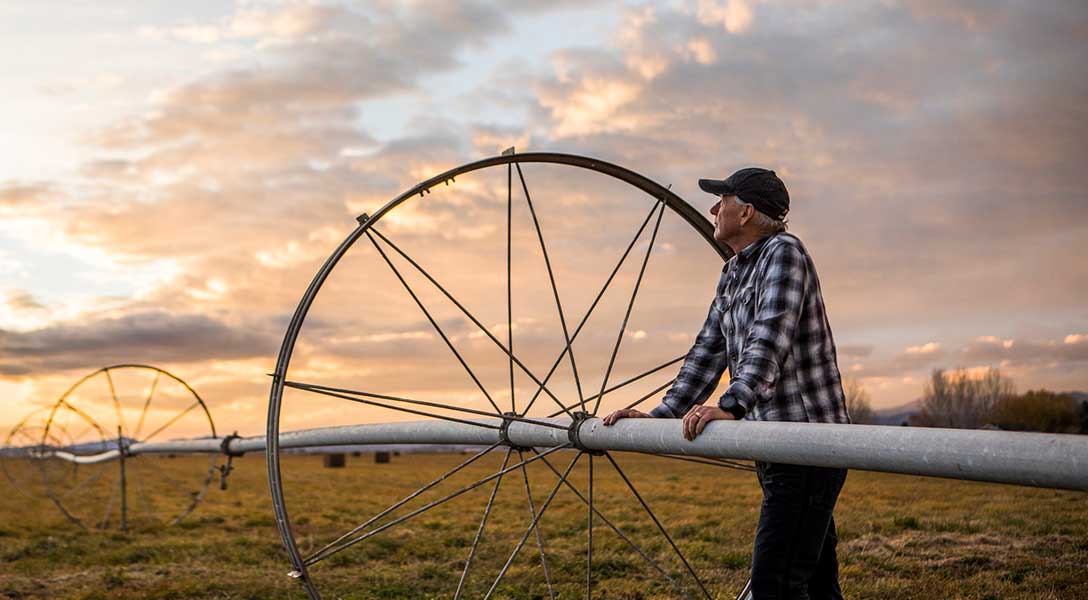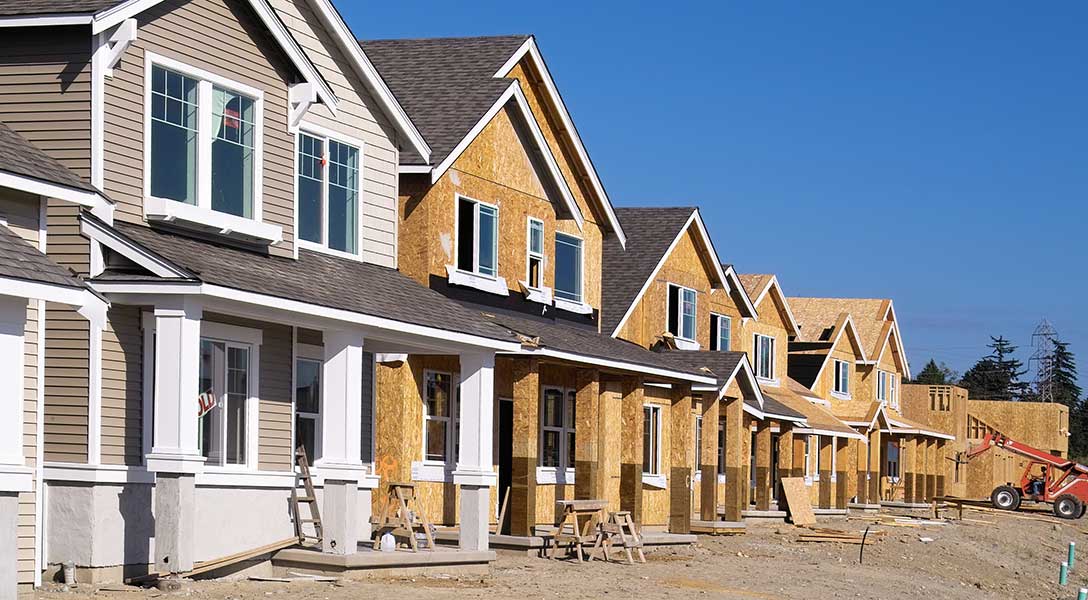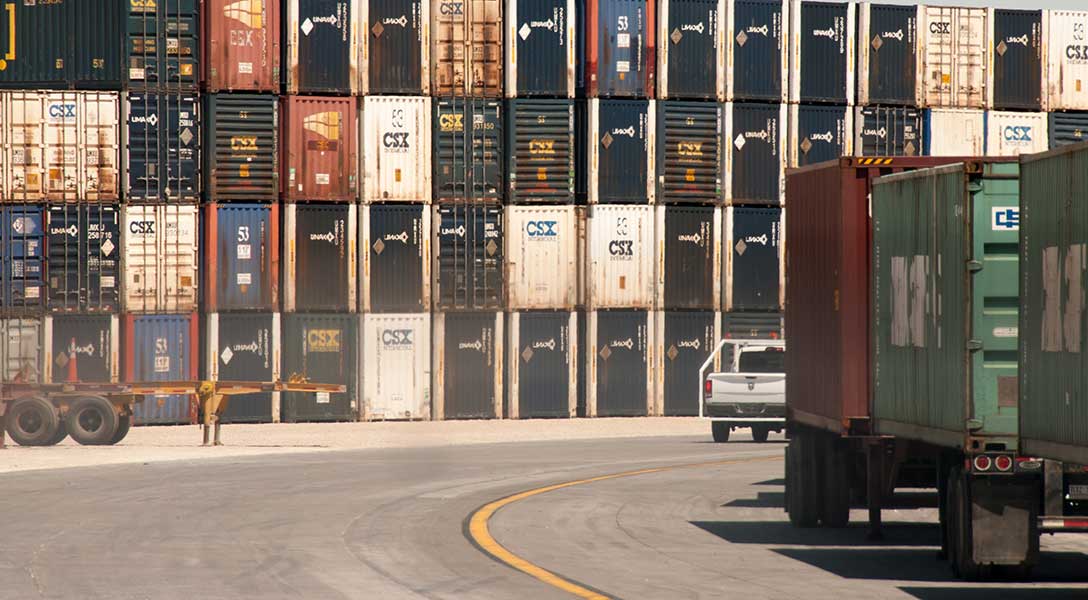
Water restrictions, conservation a 24/7 routine in Abilene and the Big Country
Q. The Big Country, of which Abilene is a part, has always seemed dry relative to East Texas. How does it affect day-to-day life?
Abilene and the Big Country region of Texas consider ourselves kind of central West Texas. Typically, it's dry out here, [though] a little wetter than what it would be west of us. We have faced drought that has come and gone in recent years.
We are in some drier times right now. On paper, it looks like we've reached our average rainfall. Average rainfall for Abilene is around 24 inches a year. Other places in the Big Country range as much as 30 inches and as low as 18 inches.
As far as agriculture, the rain is falling at different times. Maybe not so ideal for certain crops. We've had some good, wet spring and early summers the last few years. In the late summer, it has turned really hot and dry. And that's not so good for summer-grown crops. Nor is it really good for some of our lakes and reservoirs. It's just something that we deal with in this part of the state.
Q. Can you provide a little context regarding what agriculture means to Abilene and the Big Country economies?
Agriculture is a $1.4 billion industry here. We have other businesses and drivers around this area. Obviously, there is oil and gas. The U.S. Air Force base [Dyess] contributes quite a bit of economic revenue to the city of Abilene.

But agriculture hits across multiple sectors. It’s not just the farmers, ranchers and those they do business with. As far as the money and how it rolls over and the other businesses, it's just like a domino effect. Most everything can be tied back to agriculture in our economy in some form or fashion here. It is very significant. It's what a lot of the rural communities around Abilene rely on.
Q. Water is needed to grow things and is often in short supply. Where does the Abilene area get its water?
The city of Abilene has contracts with multiple reservoirs in the area. It owns Lake Fort Phantom Hill, which is a reservoir just north of Abilene. That's the main source. The city also sources water from Hubbard Creek Lake, which is a little bit further northeast of the city near Breckenridge.
The city also has contracts with O.H. Ivie Reservoir, which is south of Abilene, about an hour or so, and then Possum Kingdom Lake, which is northwest of Fort Worth. With Possum Kingdom, the city just has an agreement to pull water if we're in a dire emergency.
Q. It seems that the water that is sourced into Abilene is mostly used for residential and commercial purposes. Where does agriculture source its water?
We have some irrigation, which is really sourced from water wells. Groundwater would be the provider for those farms. But most of the agriculture land in the Big Country area is what we call dryland farms, where they're not irrigated, and they rely 100 percent on rainfall.
There's no tie there to the reservoirs. Agriculture really relies in our area either mainly on rainfall and/or groundwater.
Q. Is farming and ranching a little bit tougher in the Big Country compared with East Texas, just because the reliance is more so on the relatively lesser amount of rainfall?
Our major crops are cotton, wheat and hay. Those crops have been grown in this region for well over 100 years. Those are really the crops that kind of fit with the climate. Livestock is here as well.
We grow a few other subsidiary crops such as sunflower, sesame, grain and sorghum. Those are grown in years that the weather may support them. Farmers in our area really have to plant these crops [as part of] a growing system that kind of falls with where there is rainfall.
The cotton has struggled a little bit over the past few years because we've had those hot, dry late summers. The cotton is planted in our area in May and June. And then it grows in the summer and is harvested in the fall.
We normally get good rain in the springtime, like what the metroplex gets. July and August, sometimes it rains—it is hit or miss. In recent years, it's been drier in those months. Cotton has struggled. Wheat is a winter crop. It's planted in the fall and harvested in the late spring.
Over the past three years, average cotton production has been down about 11 percent. Our wheat production is up a little bit compared with the three years prior.
Q. How prone are agricultural producers in the Big Country to boom-and-bust cycles because of their heavier reliance on weather?
Probably 90 percent of our agricultural acreage in the Big Country is reliant on rainfall. We do have boom-and-bust seasons because of the nature of being in West Texas.
As far as farmers and their crops go, they have some risk management strategies in place, such as crop insurance. There are also sometimes alternative crops they may plant in years that may look drier or wetter.
On the livestock side, cattle is our predominant industry here. Cattle are reliant on grass for grazing. The grass relies on rainfall, right? When we get into a drought and we don't have much grass, sometimes ranchers have to sell off some of the cattle.
Because of the recent drought, cattle inventory numbers on the ranches in the Big Country are about one-third of what they were five years ago. But that's not necessarily out of line with the rest of the United States. Cattle numbers nationwide are at their lowest point since the 1950s. That's why cattle or beef prices are high right now.
Some years are really good. And you take what you make in the good years to overrun the bad years. Hopefully, it all averages out.
Q. Are there technologies that help local producers perhaps avoid these boom-and-bust cycles and to smooth things out throughout the year?
More drought-tolerant varieties [of crops] have been developed—especially in recent years—that grow better here. They're more efficient. For example, some of the cotton varieties that our farmers plant today can survive on less water or less rainfall and produce more than cotton varieties did 50 years ago.
Farmers utilize more crop rotation methods, [like] strip tillage in the way they plow their land, and things like that really help save soil moisture. They're planting ground covers in some cases to shade the soil to save that soil moisture. Our farmers are producing more on less today than what they had been doing in previous generations.
Q. It can be hard for people living in big cities to imagine what it is like to live in a water-constrained environment. How does Abilene cope?
Abilene has year-round restrictions. It's really more the norm. They can only water lawns three times a week.
The city of Abilene has done a really good job over the years of educating the public on ways to save water. Around 1990, the average water usage per person here was around 120 gallons a day. Today, that number is down to around 80 to 85 gallons.
That's quite a drop in water usage, being very mindful that water is not an unlimited resource here. The folks who live here understand that water is precious. Farmers are in the same boat. They understand that water means life to them and life to their business as well.
There's no direct competition between residential water use in Abilene and farmers, who live outside of town. They don't source their water from the same place as far as what's used for the crops. Irrigation water relies on groundwater [from wells].
We've always had water [issues]. We've always had plenty of water to do what we need to do and to live comfortably in this area, except for a few times. One time of note would be 2011. If you remember that year, the whole state of Texas faced a severe drought.
It was kind of emergency mode, as far as water conservation. Luckily, rains came and filled the reservoirs back up, and we haven't really had to worry that much about water since then. Certainly, years like that keep the topic in the back of people's minds about water usage and being able to conserve.
Q. Looking ahead, what do you see in the next 20 or 30 years, based on your interactions with the folks in the area in terms of dealing with limited water resources?
Looking forward, water is always going to be the main limiting factor to any growth for this region. As far as residential and/or commercial growth, city planners have some things in the works for finding or creating new water sources—for that matter, new reservoirs.
If we had unlimited water, there’s no telling what this region would look like as far as growth goes. But we just have to kind of keep up with the growth, finding sources and providing, agriculture-wise, so our producers just really continue to produce more on less. They've been doing a great job of that, and I think that trend continues.
It's not just in the Abilene area. It's statewide; all farmers are pretty much faced with that. And it may or may not be [entirely] related to rainfall. There are fewer available acres to farm. More and more acres are being turned into subdivisions, where homes are built every day.
To continue producing the level that we have for the past 100 years, farmers have to produce more on less acreage.
This is an edited and abridged version of a conversation available on the Southwest Economy Podcast.



